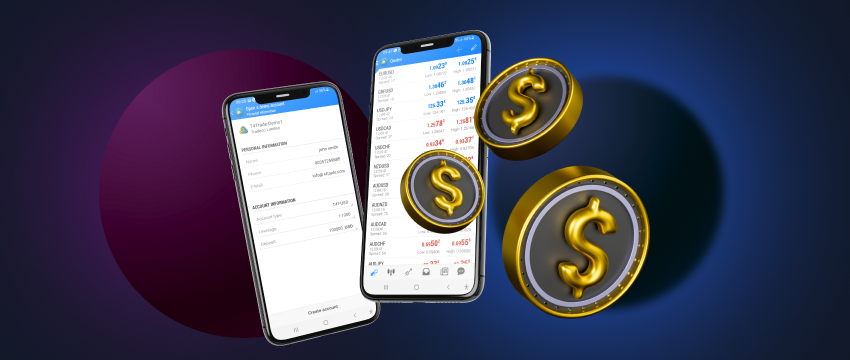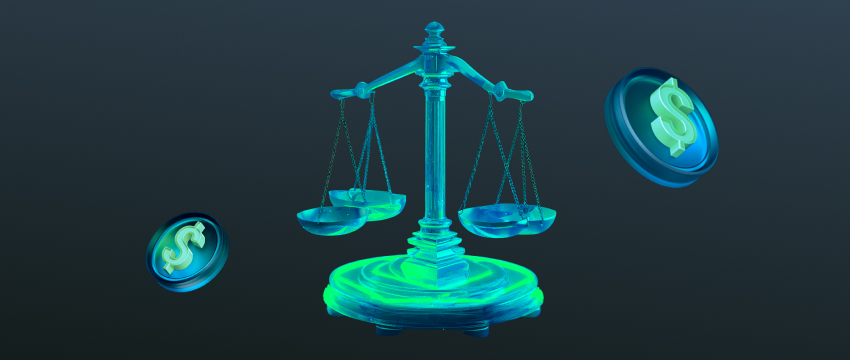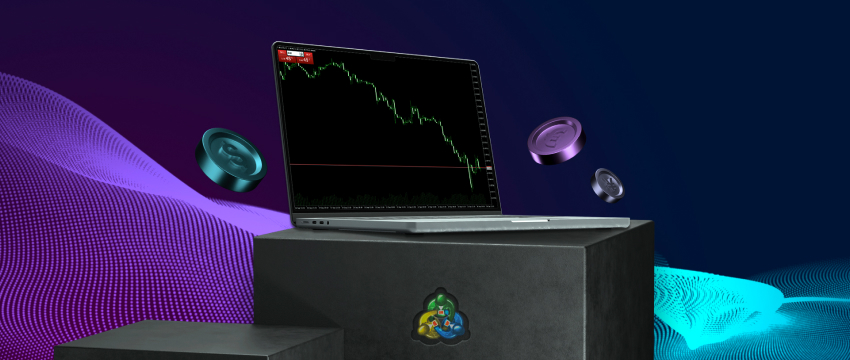In the world of forex, currencies are always traded in pairs. So perhaps the question to be asking is what currency pairs are traded the most? This is what we’ll be discussing in today’s blog.
Currency pairs
A currency pair is comprised of currencies of two different countries. Each currency has its own inherent value which rises or falls based on market conditions. They are traded in pairs because when you buy one currency, you’re automatically selling another(and vice versa).
A currency pair consists of a base currency (on the left) and a quote currency (on the right), e.g., EUR/USD (the Euro is the base currency and the USD is the quote currency). The price of a currency pair is based on how much quote currency is required to buy one unit of base currency.

When, where and how are currency pairs traded?
Currency pairs are traded in a decentralised forex market that is open 24/5 (Monday to Friday). Retail traders make up approximately 10% of all forex trades. The rest are executed by banks, hedge funds, and other financial institutions. Trades occur in 4 major trading sessions, namely New York, London, Tokyo and Sydney.
The most active trading is said to take place during the Asian, European and North American sessions, with overlaps occurring. Different time zones and daylight savings time may impact the opening and closing times of these sessions.
Features of the forex market
Forex trading is challenging and requires a good understanding of the forex market to achieve more profitable trading outcomes. There are many moving parts to it that traders have to be mindful of to ensure they don’t put their own money at risk. Let’s look at what some of these are:
- The forex market typically offers high liquidity. In fact, it is probably the most liquid market in the world with trillions of dollars worth of trades executed daily.
- It is an incredibly dynamic (volatile) market. Currency prices can change within seconds, moving in unanticipated directions all the time.
- Being decentralised, the forex market is also very transparent. Traders have access to a wealth of critical market data and financial news to make strategic trading decisions.
- Forex trading is a highly leveraged activity, enabling traders to open larger (or more) positions. While this offers a means to maximise profits, leverage does amplify losses too, putting you at massive risk of losing all your money.
What are the most liquid forex pairs?
While approximately 180 currencies are traded in the forex market, the most liquid forex pairs are EUR/USD, USD/JPY, GBP/USD, AUD/USD, USD/CHF and USD/CAD. Notably, these currency pairs are said to account for more than 60%+ of the total forex trading volume. The US dollar is said to be the strongest currency being a global reserve currency and is included in most transactions/pairs.
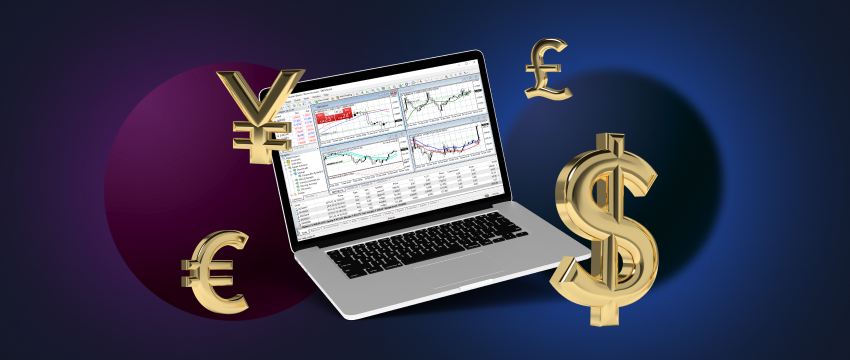
Grouping of currency pairs
Currency pairs are split into 3 main groups:
- The major currency pairs always include the US$. The pairs are EUR/USD, GPB/USD, USD/CAD, NZD/USD, USD/JPY, USD/CHF, and AUD/USD. These pairs are characterised by high liquidity, incur the most price movements and are traded most often.
- Minor currency pairs are also referred to as cross-currency pairs and contain at least one of the world’s three main currency pairs except the US$. EUR/SEK, EUR/JPY, CAD/JPY, GBP/CHF, and NZD/CAD are examples of minor currency pairs.
- A currency pair that includes one major currency and a currency from an emerging market is referred to as an exotic currency pair. Some of these are USD/BRL, USD/MXN, USD/ZAR, USD/SAR, etc.
The most tradable currency pairs
The most tradable currency pairs are also those that are the most liquid.
1. EUR/USD
Coming in at the top position is the EUR/USD pair. Trading this currency pair is called trading the “Fiber”. The name is said to be a modernised take on the word cable which was given to GBP/USD in reference to the steel cables under the Atlantic Ocean facilitating communications between the UK and the US. As we have already mentioned, this pair accounts for over 20% of 交易 volume in the forex market. This ensures tighter spreads for global traders.
2. USD/JPY
The 2nd most actively traded pair is the USD/JPY, and is called trading the “Gopher”. The name is said to refer to the Golden Gophers, a University of Minnesota sports team, and was given because of the correlation between the pair’s exchange rate and the performance of Minnesota’s economy. This forex pair is also characterised by high liquidity and is said to account for approximately 13.5% of trading volume.
3. GBP/USD
Coming in at 3rd position is the GBP/USD, and is referred to as trading the “Cable”. Just over 9% of the total trading volume is said to comprise this currency pair.
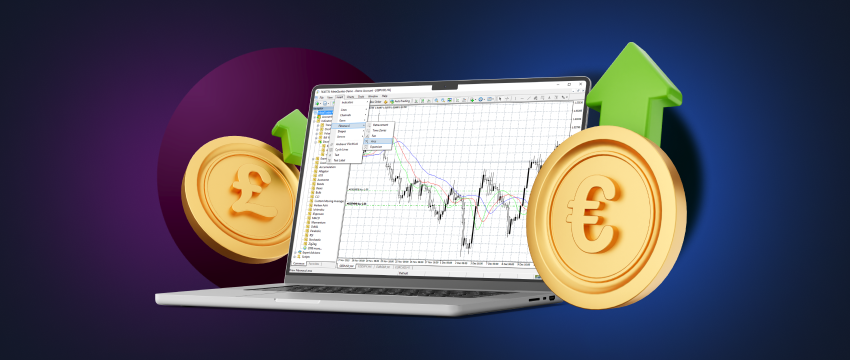
4. USD/CNY
In 4th position is the USD/CNY. CNY refers to the Chinese renminbi, otherwise known as the Yuan. Traders trading this currency pair are said to be trading the “Yuan”. It is said to account for about 6% of daily forex trades.
5. USD/CAD
The USD/CAD currency pair comes in at 5th position, with a forex market share of about 5.5%. Traders are said to be trading the “Loonie” when trading this forex pair. The word Loonie refers to a picture of the bird called the common loon on the Canadian $1 coin. The price of this pair is typically impacted by US and Canadian interest rates, and oil is an economic driver in Canada.
6. AUD/USD
In 6th place is the AUD/USD, and one is said to be trading the “Aussie” when trading this pair. As far as market share is concerned, the pair is said to make up just over 5% market share.
Using a demo trading account to learn how to trade currency pairs
Now that you’ve learned more about currency pairs and the workings of the forex market, it’s time to start practising how to trade. One of the best ways to do this is by registering for a demo trading account which mimics real-life trading conditions.
Without putting your own capital at risk, you can use virtual funds to trade different currency pairs. You can learn how to use analysis tools to make trading decisions and then analyse outcomes. In particular, you can gain experience in reading charts, assessing market trends, and using technical and fundamental analysis.
In fact, you could download the MetaTrader 4 platform, one of the world’s most popular trading systems, directly onto your mobile phone (internet connectivity permitted) and practice trading wherever you are. A demo trading account allows you to test different trading strategies to see which one works best, or best aligns with your trading goals and expertise.
Over time, as you boost your skills and become more confident in trading forex pairs, you can then sign up for a live trading account with a powerful broker like T4Trade.
Trading forex with T4Trade
T4Trade provides its traders with a flexible and secure trading environment, where they can enjoy competitive spreads, flexible leverage, and fast withdrawals and deposits. Traders can trade more than 300 instruments across 6 asset classes, such as stocks, futures, indices, forex, metals and commodities. T4Trade also has multiple accounts for traders to choose from.
These accounts cater to the different needs of global traders, enabling you to pick one that best fits your goals and where you are in your trading journey. Their high-quality 24/5 multilingual customer support team is also available to provide assistance via telephone, email or Live Chat.
Disclaimer: This material is for general informational & educational purposes only and should not be considered investment advice or an investment recommendation. T4Trade is not responsible for any data provided by third parties referenced or hyperlinked, in this communication.
